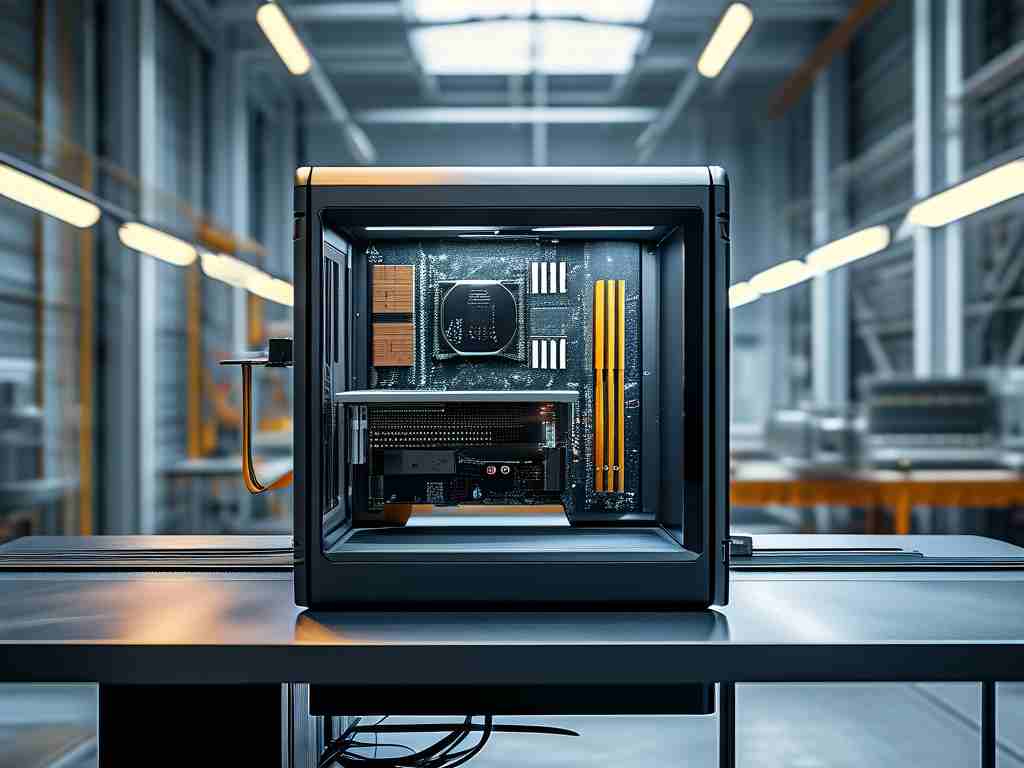When navigating the world of hardware-software integration, two terms frequently surface: "embedded systems" and "embedded development." While they appear closely related, their roles and definitions diverge in critical ways. This article explores their distinctions, practical applications, and why confusing the two could lead to misunderstandings in technical projects.

Defining the Terms
An embedded system refers to a specialized computing platform designed to perform dedicated functions within larger mechanical or electrical systems. These systems combine hardware components (microcontrollers, sensors) with tailored software to achieve specific tasks. Examples include automotive control units, medical devices, and IoT sensors.
Embedded development, on the other hand, describes the process of creating software and hardware solutions for these systems. It encompasses coding, debugging, system integration, and optimization. Developers in this field often work with low-level languages like C/C++ and tools such as JTAG debuggers.
Key Differences
-
Scope
Embedded systems represent the end product – a functional unit operating within defined constraints. Embedded development is the engineering workflow that brings such systems to life. -
Components
A typical embedded system includes:// Hardware abstraction layer example void HAL_GPIO_Init(GPIO_TypeDef *GPIOx, GPIO_InitTypeDef *GPIO_Init) { // Configuration logic }Embedded development tools involve cross-compilers, emulators, and version control systems like Git.
-
Skill Requirements
Designing embedded systems demands expertise in power management, real-time operating systems (RTOS), and hardware-software co-design. Embedded development focuses on coding practices, testing frameworks, and collaboration workflows.
Real-World Applications
Embedded Systems in Action
Modern vehicles rely on dozens of embedded systems – from anti-lock braking systems (ABS) to infotainment units. These systems prioritize reliability and real-time responsiveness.
The Development Process
Creating firmware for a smart thermostat involves:
- Writing interrupt-driven code for temperature sensors
- Optimizing memory usage for limited RAM/ROM
- Implementing energy-saving sleep modes
Common Misconceptions
-
"They’re interchangeable terms"
This confusion often arises in project planning. A team might focus on selecting microcontrollers (a system design task) while neglecting version control strategies (a development concern). -
"Hardware defines everything"
While hardware forms the foundation, 43% of embedded project delays stem from software integration issues, according to a 2023 Embedded Market Study.
Industry Trends Shaping Both Fields
-
AI at the Edge
Machine learning models now run on resource-constrained devices. Developers must adapt by learning model quantization techniques, while system designers integrate neural processing units (NPUs). -
Security Challenges
As connected devices proliferate, embedded systems require hardware-backed secure boot mechanisms. Development teams adopt practices like static code analysis and threat modeling.
Choosing Your Path
For engineers entering this field:
- System-focused roles demand knowledge of circuit design and signal processing
- Development roles require proficiency in CI/CD pipelines and test-driven development
Understanding the embedded system-development dichotomy prevents costly mismatches in technical planning. Whether optimizing a real-time kernel or selecting wireless protocols, recognizing these distinct yet interconnected domains ensures smoother project execution and innovation. The future promises tighter integration between both spheres as devices grow smarter – but the fundamental distinction remains vital for clear communication in engineering teams.









